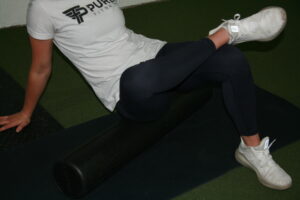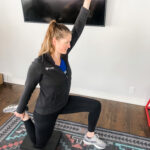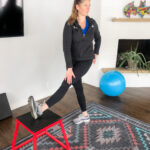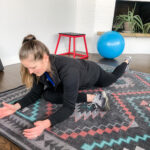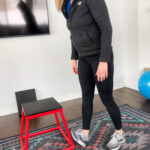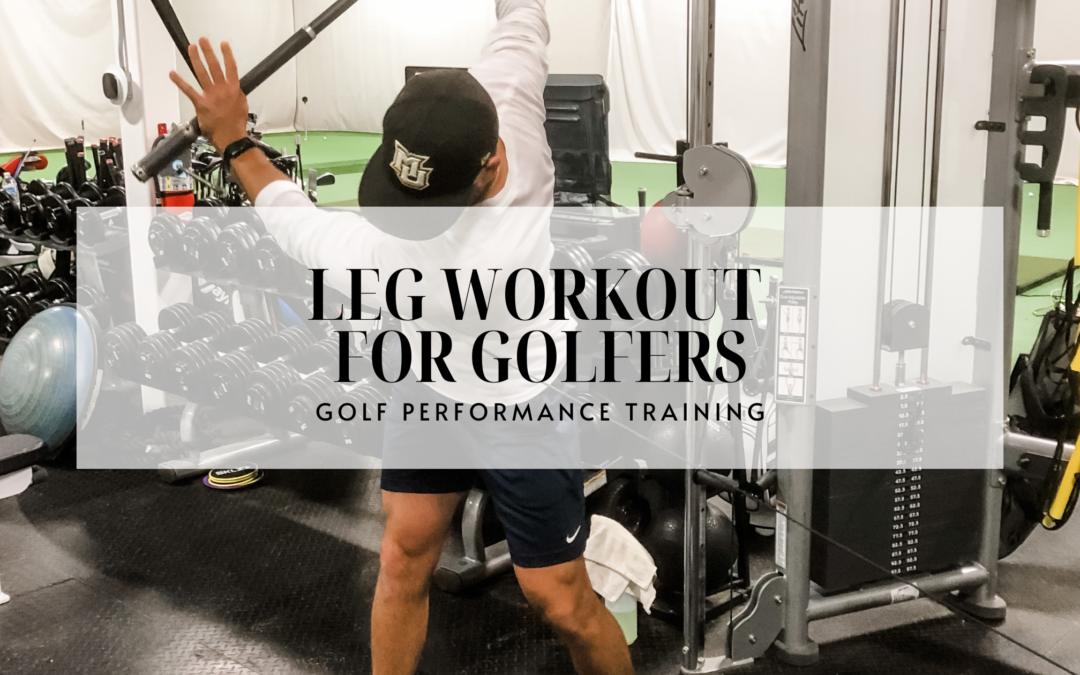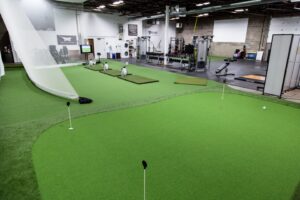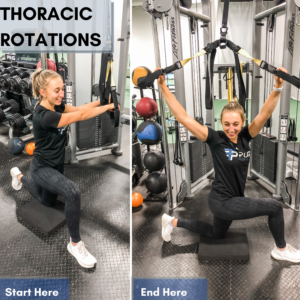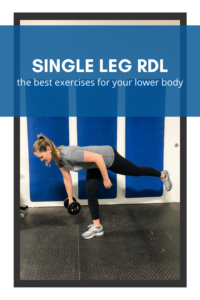I am going to break down how to use a BOSU ball and a Swiss ball. As a bonus I am going to include a look at how you can use SKLZ sliders, a TRX, and a medicine ball with the BOSU ball. TABLE OF CONTENTS How and Why Use a BOSU Ball How and Why Use a Swiss Ball...
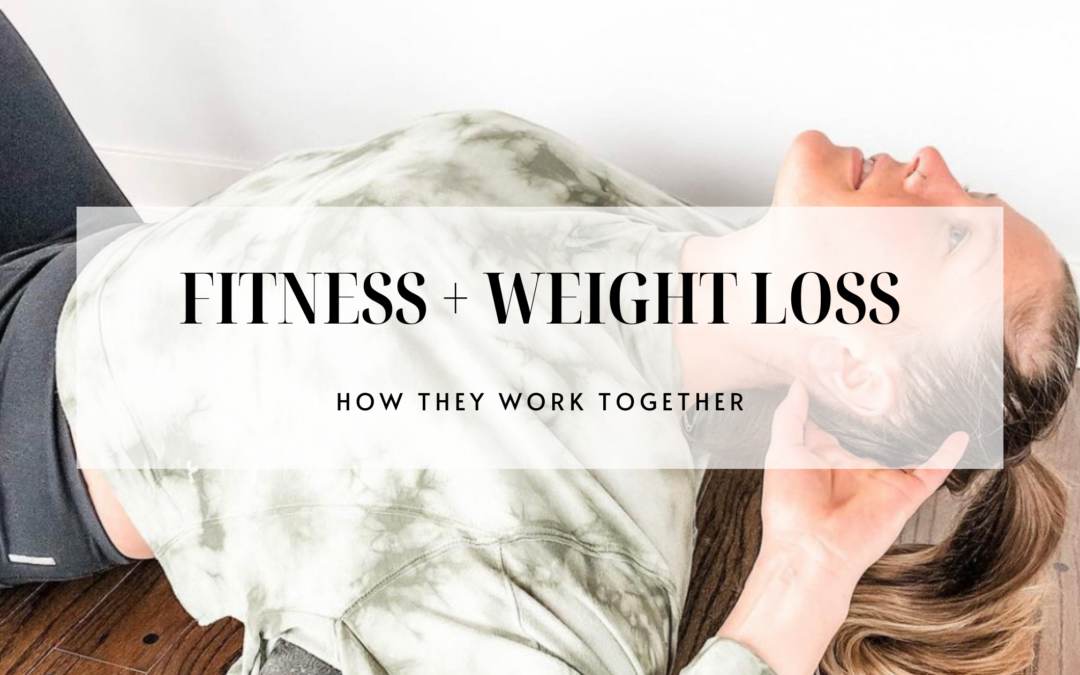
THE ROLE OF FITNESS IN WEIGHT LOSS
Weight loss is a trend that just wont stop. You are hit with commercials and ads everywhere you consume entertainment – tv, social media, podcasts, news outlets. It is relentless. Fitness + diet are touted as the keys to weight loss and weight management. And if you aren’t getting results you must not be doing one of those correctly.
The spotlight on fitness + diet is so bright and so conflicting. You read exercise more, exercise harder, exercise harder and shorter, only exercise specific days of the week. Eat a vegan diet, count your calories, eat keto, don’t eat these foods they hurt your metabolism, eat these foods they burn belly fat. It is overwhelming.
But most of all it is misleading.
THE TRUTH ABOUT FITNESS + WEIGHT LOSS
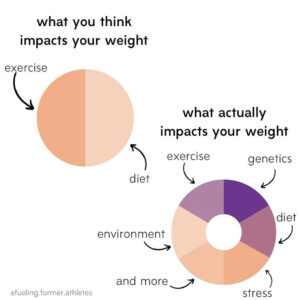 Take a look at this graphic. It does a great job of visually explaining the problem that we as a society are facing. The huge misconception that your weight is impacted by only exercise and diet. And the reality is that there are so many other factors that come into play.
Take a look at this graphic. It does a great job of visually explaining the problem that we as a society are facing. The huge misconception that your weight is impacted by only exercise and diet. And the reality is that there are so many other factors that come into play.
And please notice that there are many factors that we can control. That is not to say that it should be easy or fast. But this is about the bigger picture. Not a number on the scale. It is about you. Your quality of life. Your happiness. Your health. It is the habits of your lifestyle giving you the results of your life.
I look at these two pie charts and see frustration and hope. The frustration of sweating day and night, eating healthy and not getting where you want to be. The hope of understanding that weight management is more than the steps at your feet and the food on your plate. And even more hope that our obsession with weight can start to shift to an obsession with a healthy lifestyle. Where lifestyle means environment, exercise, genetics, diet, stress and more.
THE FACTORS IN WEIGHT LOSS
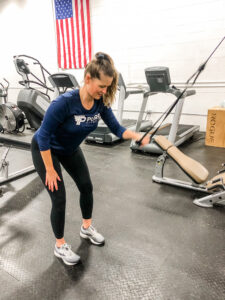 Let’s take stress for example. This is a BIG one. Probably bigger than you or I want to admit. But it is something we can control. From learning how to better respond to stress, cope with stress to how to lower stress levels in our everyday lives.
Let’s take stress for example. This is a BIG one. Probably bigger than you or I want to admit. But it is something we can control. From learning how to better respond to stress, cope with stress to how to lower stress levels in our everyday lives.
Here is where it get’s interesting. Some of the stress in your life may be from your environment. I put things like relationships/family, communities, job and others in the environment umbrella. Now let’s say you have poor job satisfaction. Sure I could say just go get a new job. But it’s not really that easy. Yes, you can and should be taking actionable steps to getting a new job if you are unhappy, but it isn’t an over night solution. So how do you manage that stress?
And now for a curve ball. Exercise is shown to help manage stress – you can read more about that here. This is NOT to say exercise is the cure! It is to show that the factors that impact your weight are connected. The more you understand the factors the more you can make conscious decisions that support your end goal.
Are you wondering what “and more” could mean? Well for me it means factors like psychology, mental health, sleep, personal development. Factors that could be considered in our control. But psychology and mental health are complex. So much of what we perceive has been built off of what we were told, what we try, what we were exposed to in our lives. To change that is not impossible, but it certainly isn’t easy. This is an area where seeking a professional is highly recommended.
All of this is to say there is no one fit all approach to weight loss. If someone is selling you that, then walk out the door.
Look at that pie chart and take stock. Find one actionable step and start there. Making one new habit in a year is a great accomplishment. Make 12 new habits throughout the year and having none at the end is the opposite of results.
WEIGHT LOSS FROM A TRAINERS PERSPECTIVE
I thought it would be helpful to bring in Jane and Annie’s opinion on the relationship between fitness and weight loss. As former athletes and as personal trainers. Take a look at how they communicate the fitness + weight loss relationship to people.
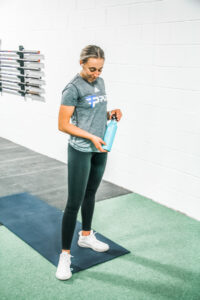 ANNIE RASMUSSEN
ANNIE RASMUSSEN
“I often observe two problems with the way many today view weight loss; the steps taken are not safe or healthy and the goal is ever-changing. The steps taken to get there lead to disappointment in yourself for craving a certain food and damages to a healthy relationship with eating. From talking with and observing many dieticians, diet culture has become one of the biggest roadblocks on people’s way to a healthier diet and lifestyle. Yes, it will get you results but ones that are temporary. Which leads into the second part, that the goal is ever-changing. Many have an idea in their head about what is their “ideal body” but never stop to notice how their eating are making them feel. Once they get to where they once thought they wanted to be, they crave more. Trust me I, and many others, have been in that chase for something better!
JANE KRUEGER
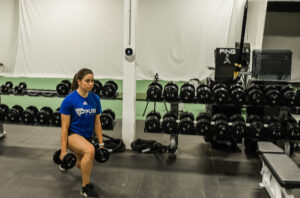 “For me exercise is how I choose to stay strong and healthy. I keep my relationship healthy by setting realistic expectations. I eat a healthy diet but tend to not restrict myself when I am craving something sweet. I don’t force myself to exercise if I am not feeling up to it.
“For me exercise is how I choose to stay strong and healthy. I keep my relationship healthy by setting realistic expectations. I eat a healthy diet but tend to not restrict myself when I am craving something sweet. I don’t force myself to exercise if I am not feeling up to it.
Past experiences have helped me to understand the environment I function best in. My experience with powerlifting, where it is common to have to cut to make weight, taught me that I don’t enjoy strict eating habits. I eat what I want when I want it. And to the same point, I don’t eat what I don’t want. if someone offers me a sweet and I don’t want it, I say no.
Exercise is enjoyable because it makes me feel more energize and helps me sleep better at night. Resistance training allows me to feel strong and capable. Remembering those things helps me to stay accountable to my workouts. But again, if I’m only in the mood to go for a walk, then that’s what I do.
I try to share with my clients, friends and family my perspective and my relationship with fitness + diet to show them that we create our own normal. Not all trainers are working out 24/7 and never eating cookie. Some of us are living a healthy life that is full of dog walks, naps and cookies.
Read more about Jane and her background as a world class powerlifter in her bio.
WHERE TO GET STARTED
I encourage you all to take a step away from the exercise-diet paradigm that is controlling our perspective. Take a look at the other factors impacting you life and take a well-rounded approach to managing your lifestyle, not just your weight.
As for some resources, finding a qualified professional can be difficult. My big things when seeking a professional are to find someone with credentials/education to help you, to be sure that they have experience working with your issue and your personalities connect. That goes for personal trainers all the way to medical professionals.
My biggest tip for resources is ask your friend. You know the one you trust and supports you and your happiness. She won’t steer you wrong.
How To Use a BOSU and Swiss Ball
15 Top Workout Playlists on Apple Music Right Now And the Best Workouts to Pair with Them
If you are anything like me, music is the fuel that powers your workout and changes your mood. The playlist you put on can either make or break how you workout. That's why I am sharing 15 top workout playlists on Apple Music right now and the best workouts to pair...
5 Ways Music Can Impact Your Workouts
Whether or not you realize it or even like it, music can impact your workouts by responses beyond your control. Believe it or not, these impacts are way more real than you think. So the big question is, how can we manipulate this to get the most out of our workouts?...



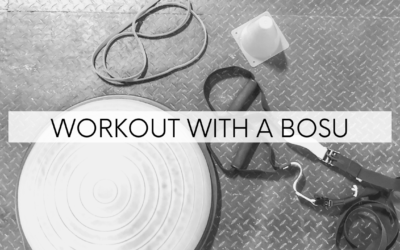
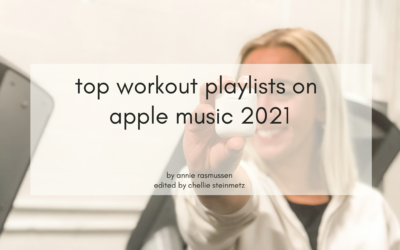
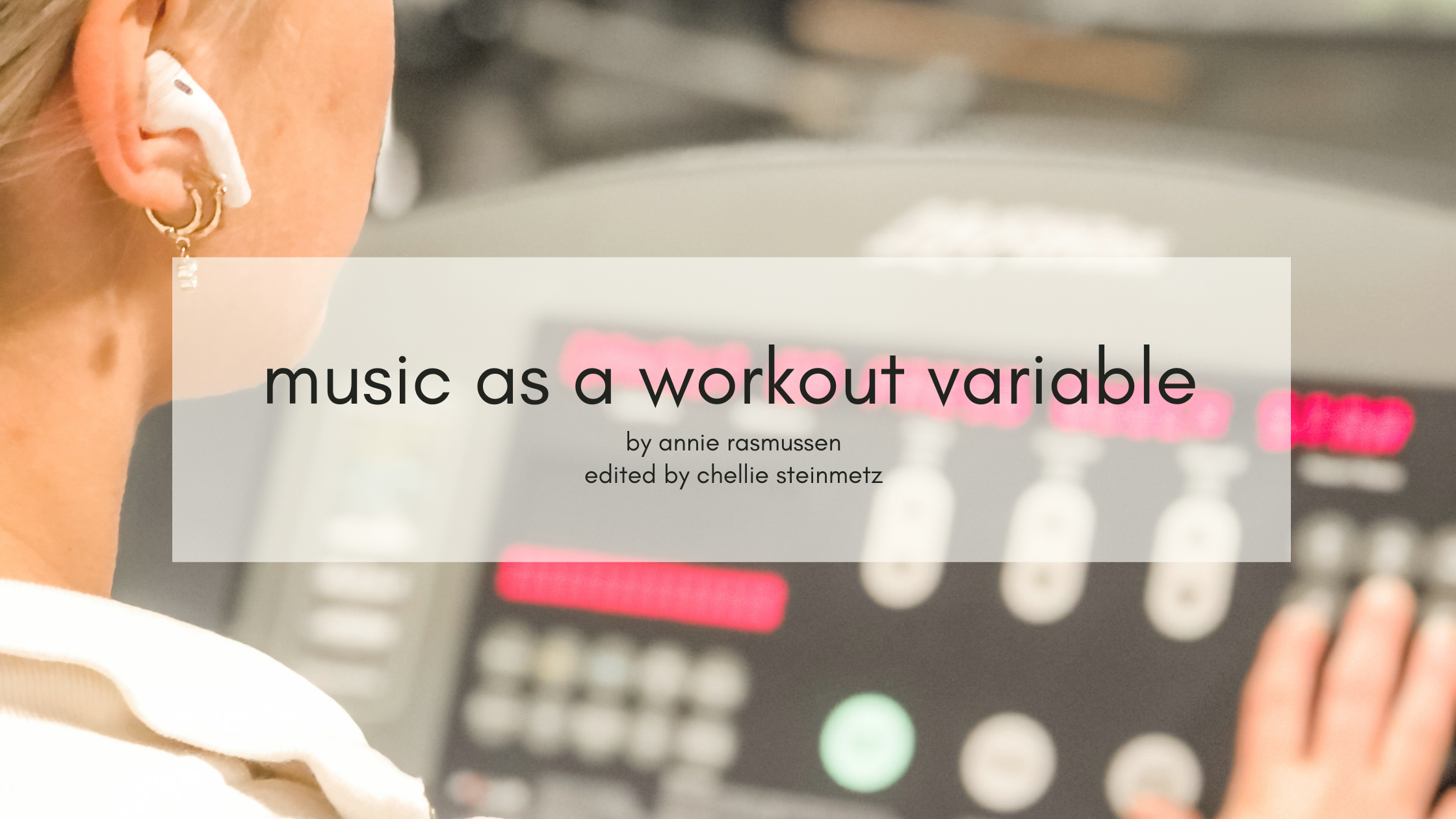
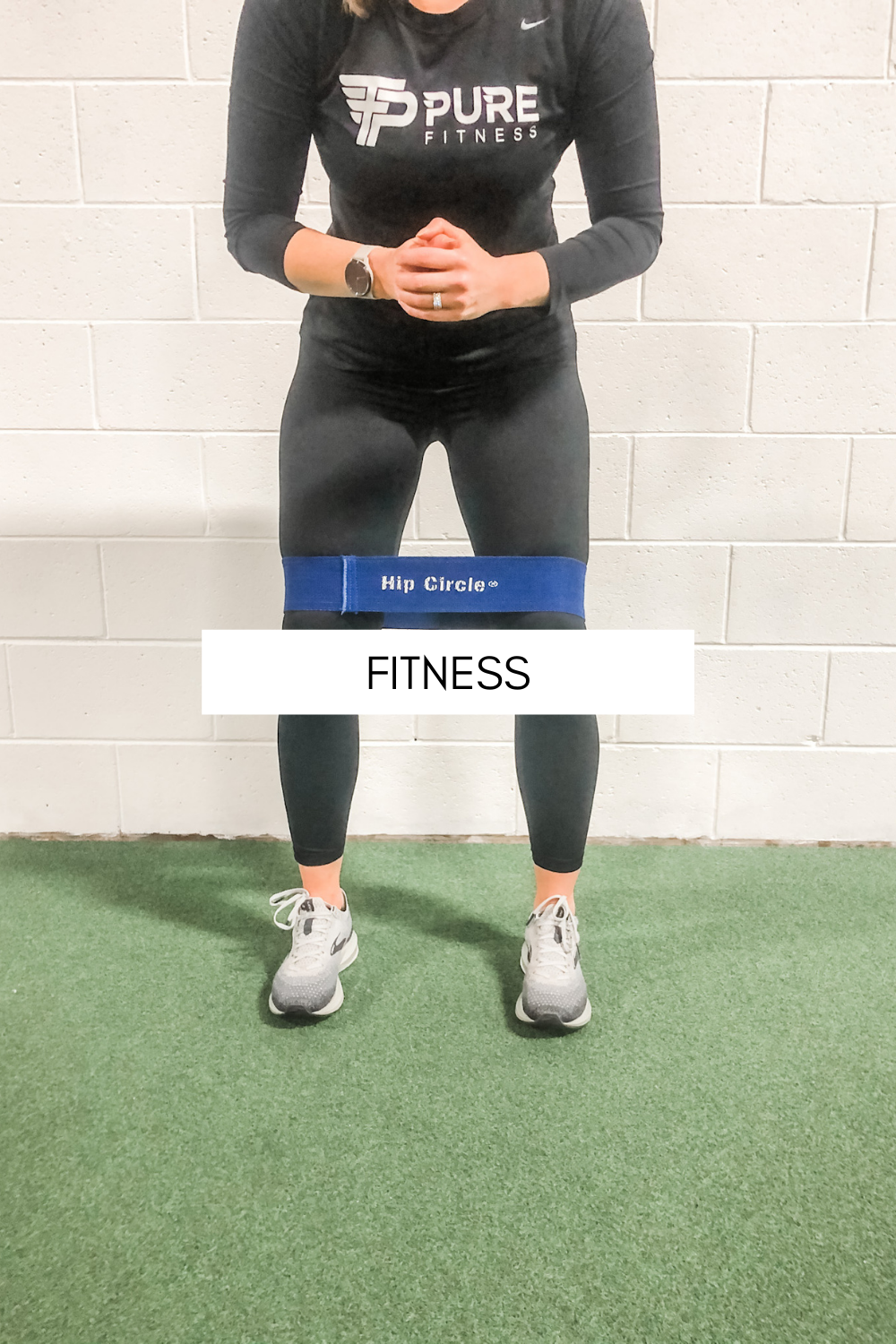
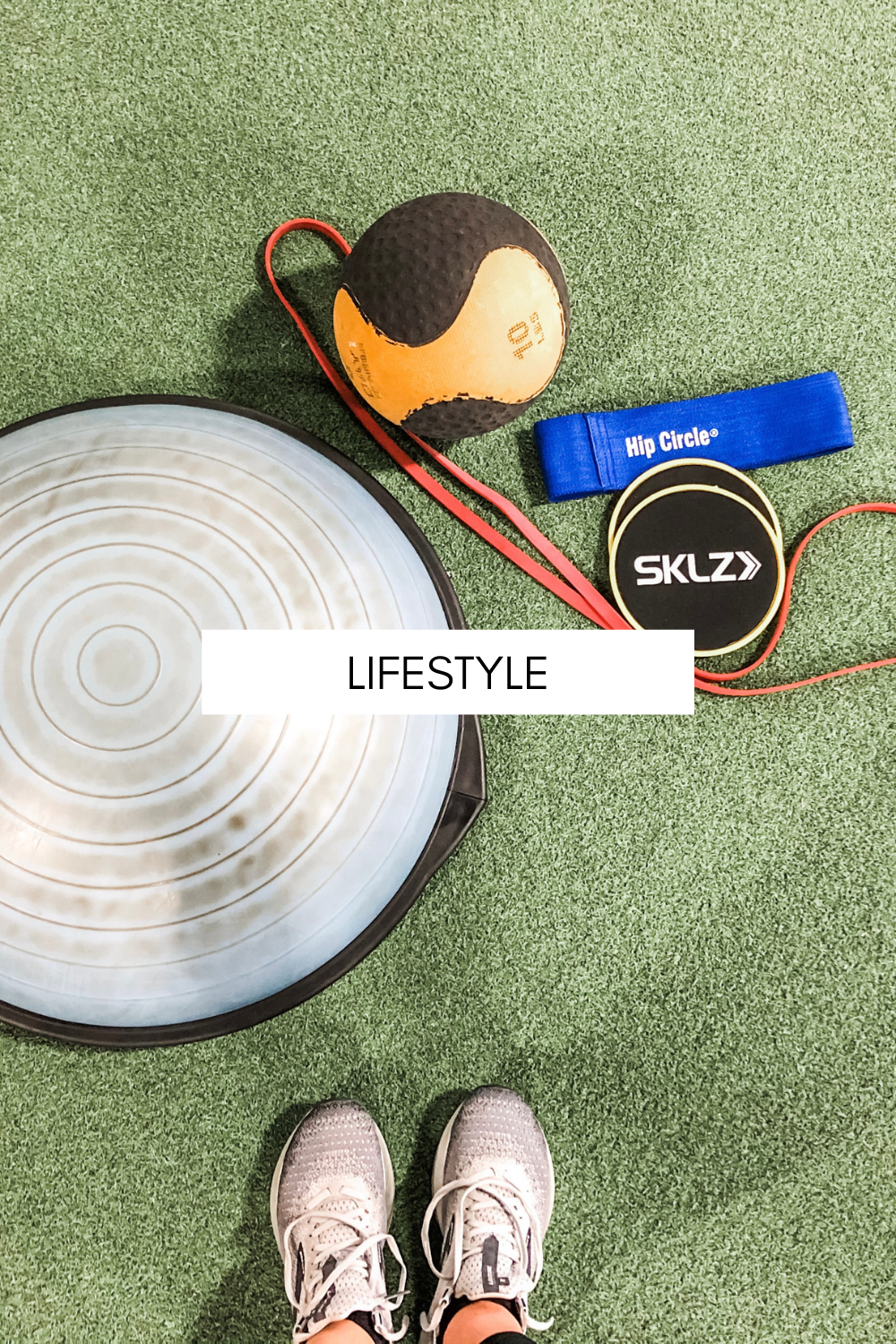
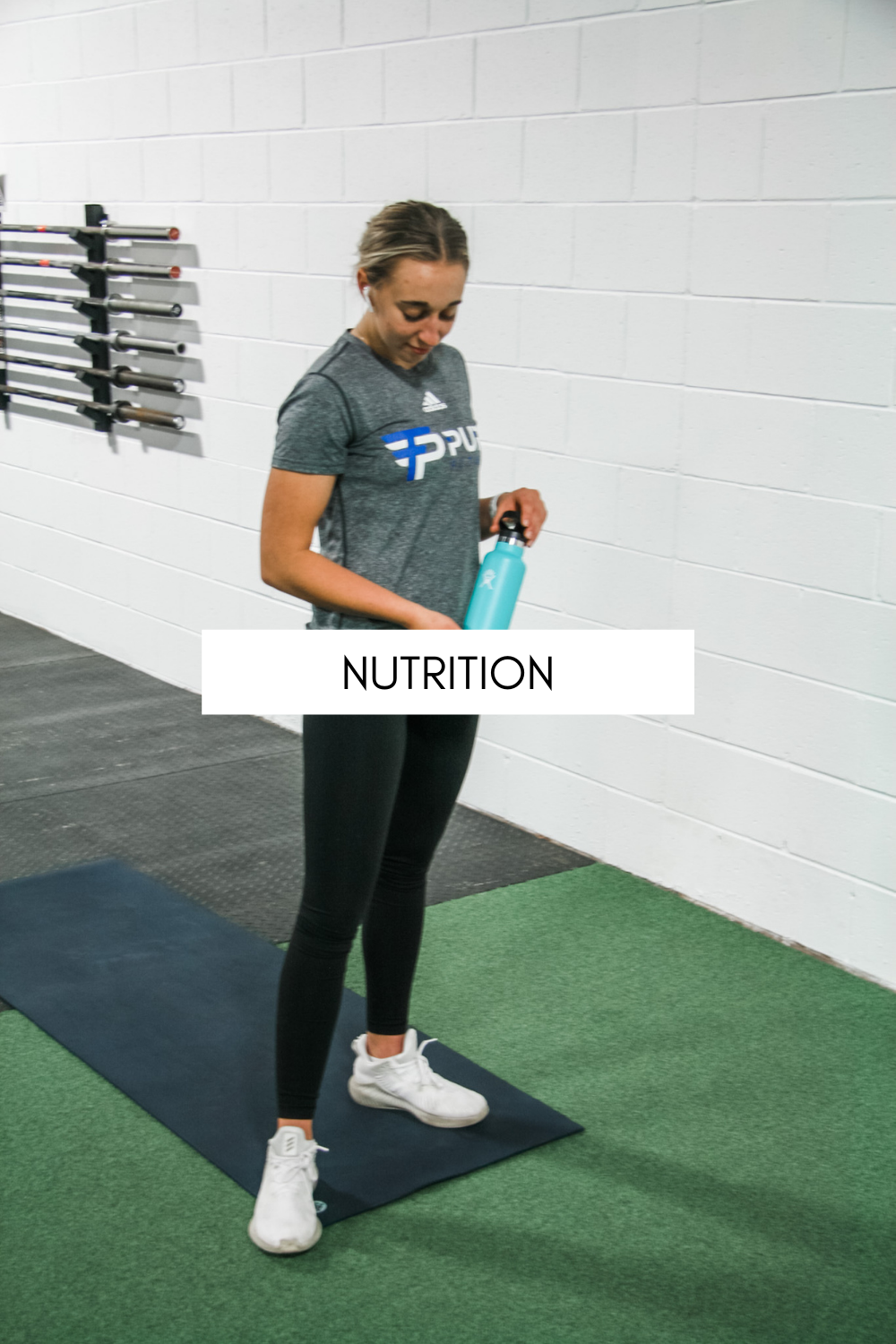
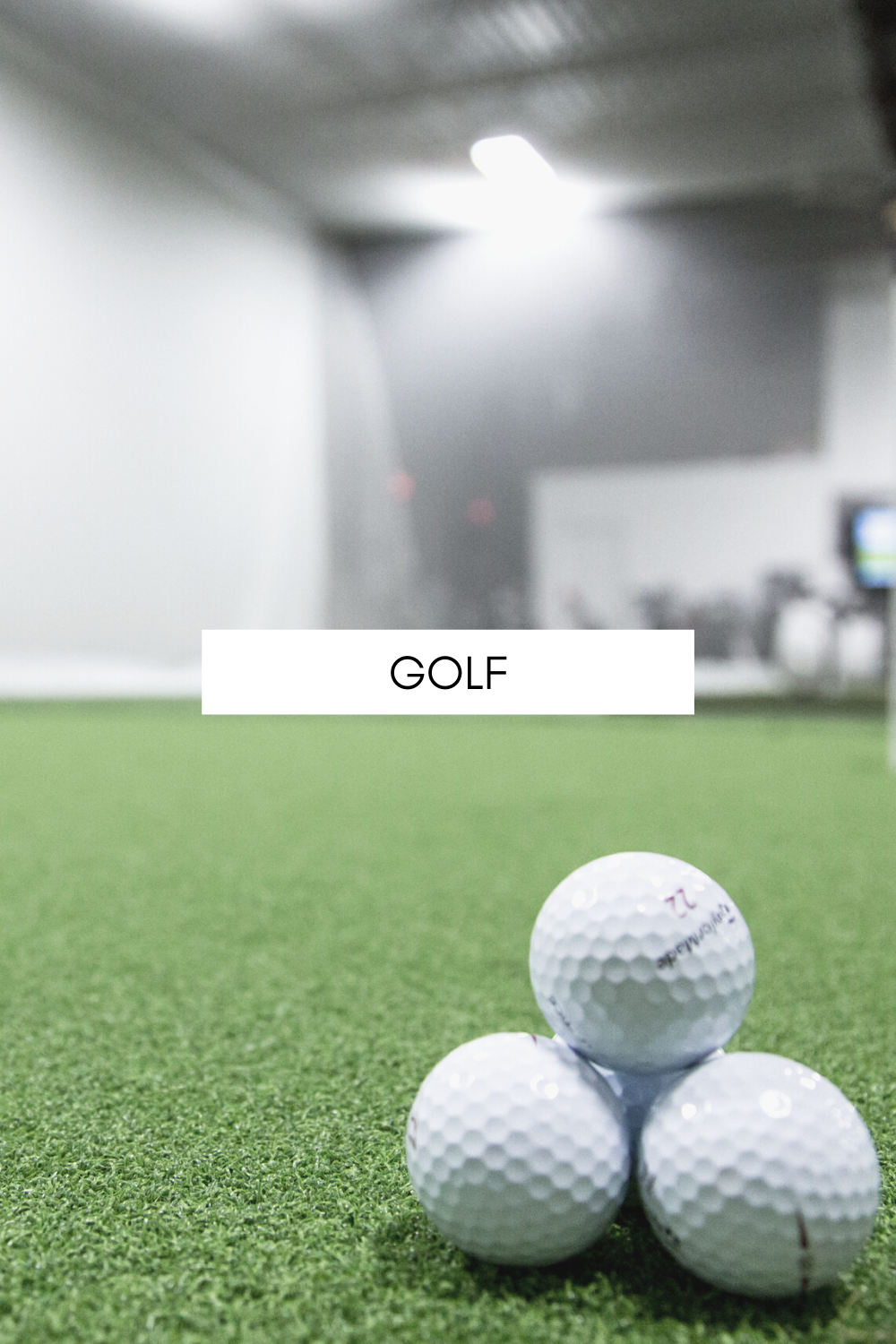
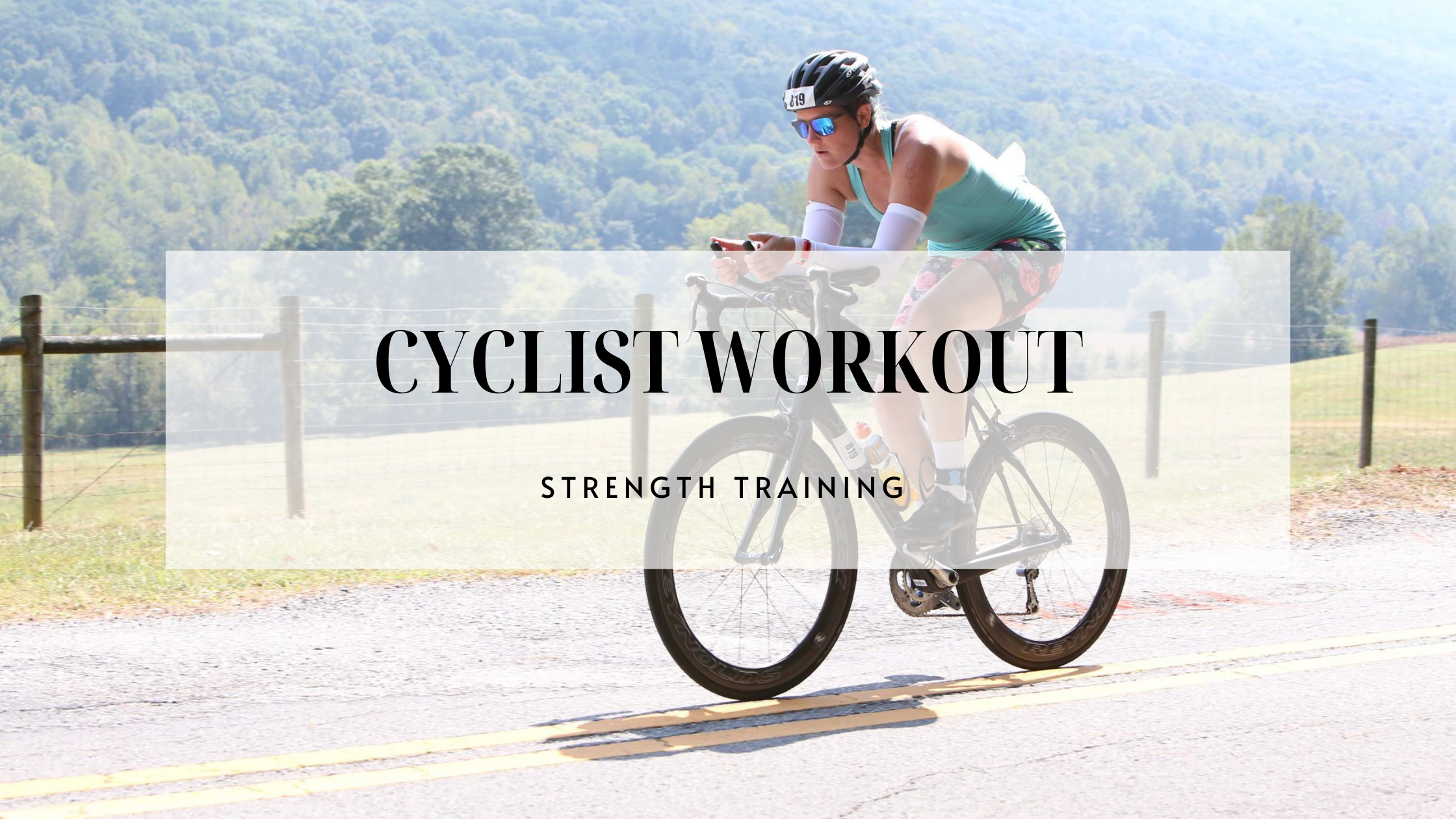
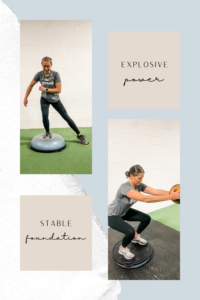 Here is the number one reason competitive cyclist need to strength train. PERFORMANCE. It doesn’t matter if you are competing to win or competing to finish, strength training should be a mandatory part of your training plan.
Here is the number one reason competitive cyclist need to strength train. PERFORMANCE. It doesn’t matter if you are competing to win or competing to finish, strength training should be a mandatory part of your training plan.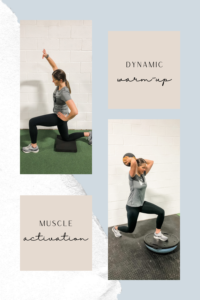 There are three common ways we are suppose to warm-up. Foam rolling, muscle activation and dynamic warm-up. Is one better than the other? Depends on who you ask.
There are three common ways we are suppose to warm-up. Foam rolling, muscle activation and dynamic warm-up. Is one better than the other? Depends on who you ask.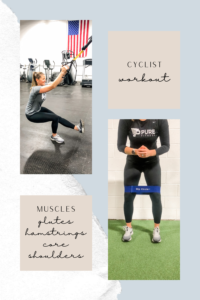 I have put together two strength sets, legs + core, you can try incorporating into your weekly training. My intention was to provide you a challenging program that can be done body weight or with resistance. You can also vary the repetition numbers based on your training situation.
I have put together two strength sets, legs + core, you can try incorporating into your weekly training. My intention was to provide you a challenging program that can be done body weight or with resistance. You can also vary the repetition numbers based on your training situation.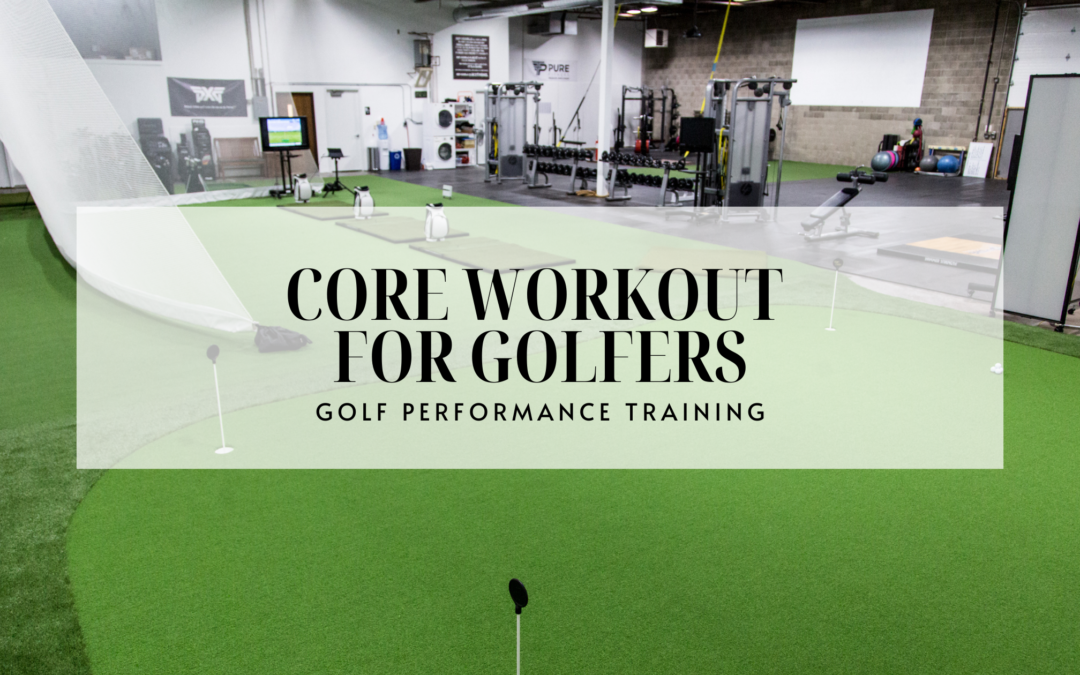
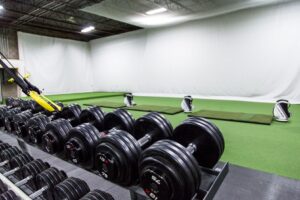 There are two top reasons why if you want to positively impact your golf game you should be training your core. And they are the two most common reasons golfers come to see us. They want to relieve back pain or stiffness that they have before playing golf and worsens as they play, or that starts as soon as they swing a club a few times, or that knocks them out of commission for a few days after playing a round.
There are two top reasons why if you want to positively impact your golf game you should be training your core. And they are the two most common reasons golfers come to see us. They want to relieve back pain or stiffness that they have before playing golf and worsens as they play, or that starts as soon as they swing a club a few times, or that knocks them out of commission for a few days after playing a round.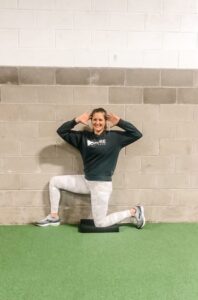 As discussed above golf is a rotational sport, starting from the ground up. So when we are looking to take power from the very bottom of our body and release it through our upper body there are a lot of transfer points.
As discussed above golf is a rotational sport, starting from the ground up. So when we are looking to take power from the very bottom of our body and release it through our upper body there are a lot of transfer points.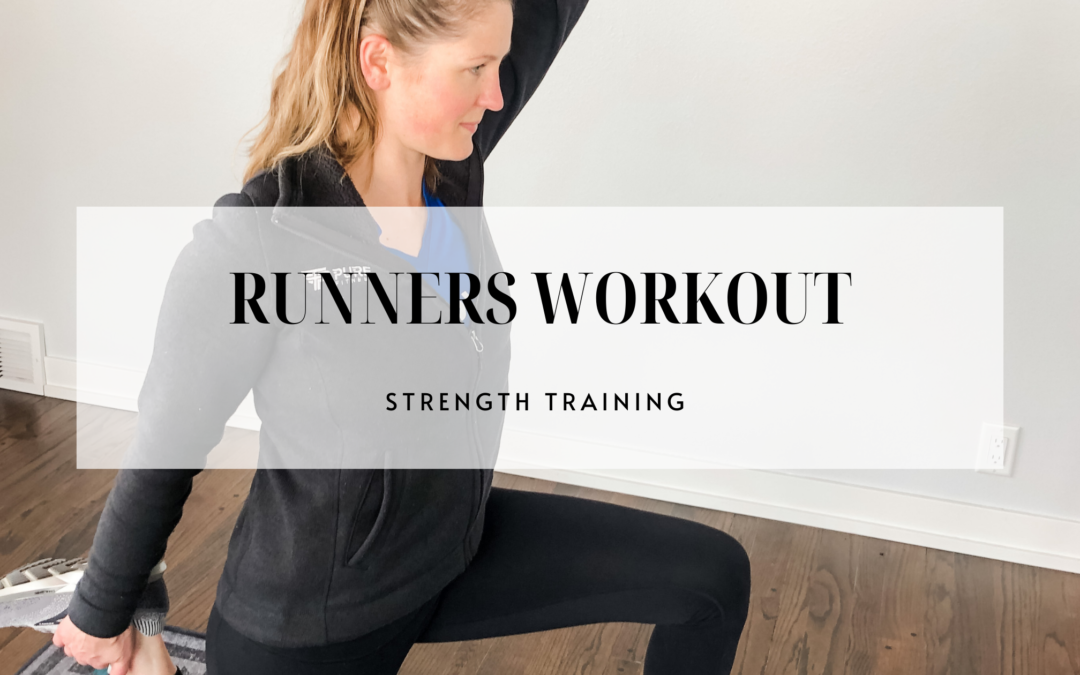
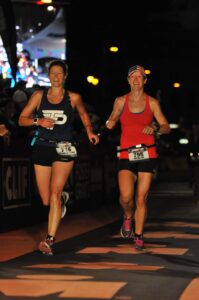 There are many reasons why runners and “non-runner” runners should be strength training weekly. But here are my top three:
There are many reasons why runners and “non-runner” runners should be strength training weekly. But here are my top three: